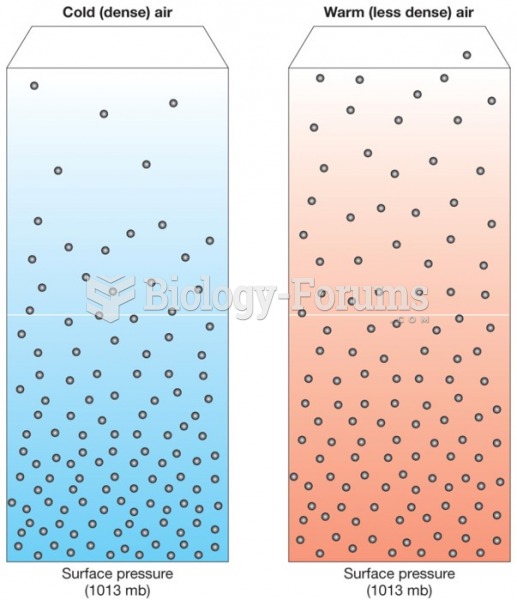This topic contains a solution. Click here to go to the answer
|
|
|
Did you know?
According to the National Institute of Environmental Health Sciences, lung disease is the third leading killer in the United States, responsible for one in seven deaths. It is the leading cause of death among infants under the age of one year.
Did you know?
The familiar sounds of your heart are made by the heart's valves as they open and close.
Did you know?
Vaccines prevent between 2.5 and 4 million deaths every year.
Did you know?
By definition, when a medication is administered intravenously, its bioavailability is 100%.
Did you know?
Patients who cannot swallow may receive nutrition via a parenteral route—usually, a catheter is inserted through the chest into a large vein going into the heart.







